COMPANY NEWS
《 BACK LIST
How to select right blow bars for horizontal shaft impactor?
Horizontal Shaft Impactor (HSI) is a type of heavy machines works to crush the rocks, stones, concretes, asphalts or other objects which need to be size reduced for preparation of next procedure in quarry, mining, cement, construction industry.
HSI impact crusher mainly consists of a motor, a rotor, aprons, impactor housing and blow bars. Working principle of a impactor is the motor drives the horizontally mounted rotor as well as the blow bars which are mounted on the rotor rotating at very high speed. The objects feed from the open inlet of impactor are hit by the blow bars towards the impact plates which are mounted on the aprons and bounced back. The objects are shattered and size reduced during this process and discharged from the outlet of impactor.
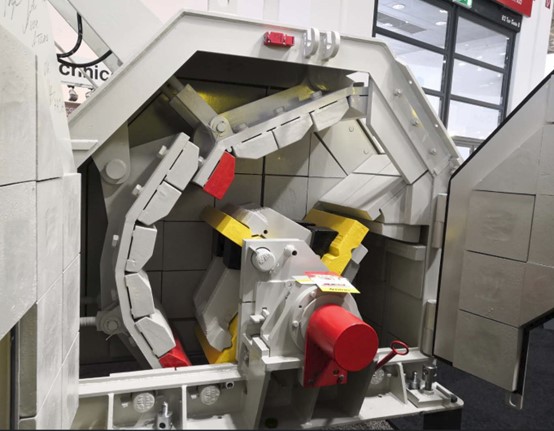
Blow bar is the key and largest wear part on impactors. As the rotor runs at very high speed, blow bars withstand huge shock and sever abrasion from the crushed objects. Blow bars are the most frequently replaced wear parts and account for a big part of operation cost of impactor. Making the blow bars works longer is so crucial to keep the impactor run time and cost efficiently.
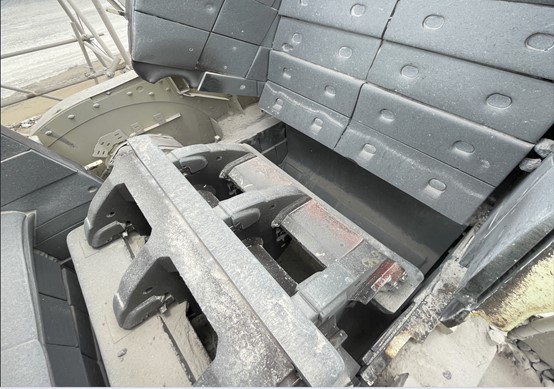
Any failure with the blow bars costs a high lost on time and money. A good blow bar should not only last as long time as possible but also works safely without breakage. That means the blow bar must have good resistance to wear and enough resistance to impact at the same time. How to make the blow bars last longer? The answer is on the materials that blow bars are made of and the foundry where it is made by.
The crushing applications are always various due to the different natures and different sizes of crushed objects. To have the best performance in different applications, blow bars are normally made in following materials to have different natures in terms of wear and impact resistance.
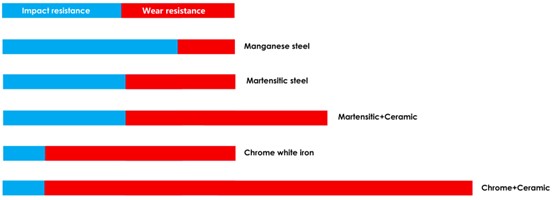
Manganese steel
Manganese steel is a kind of austenitic steel with around 13% or 18% content of Manganese. It is featured with very good impact resistance but low wear resistance. Manganese steel is the first option for blow bars which used on primary or second crushers with large feed size, usually over Dia. 800mm, or applications with high content of unbreakable objects come into the impactors. A typical application of manganese blow bars is crushing the limestones in quarry plants of cement plants.
Manganese steel with Titanium Carbide (TIC) columns inserted
Due to the nature of low wear resistance of manganese steel, Titanium Carbide columns (TIC) are sometimes inserted into the wear face of manganese steel blow bars to increase its wear performance. With TIC inserts, service life of manganese blow bars could be up to 60% increased but the cost of blow bars is higher.
Martensitic alloy steel
Martensitic steel is a type of alloy steel with Molybdenum, Nickel and other alloy ingredients in its compositions. It is featured with better wear performance than manganese steel but impact performance is compromised. This nature enables martensitic blow bars to achieve better wear life in applications where the feed size is smaller or a little content of unbreakable objects contaminated. A typical application of martensitic steel blow bars are used on impactors recycling the concretes with rebars content.
Martensitic alloy steel with ceramic inserted
To obtain longer wear life of martensitic steel blow bars, industrial ceramic grits could be inserted in the martensitic steel matrix of wear areas. Thanks to the excellent wear performance of ceramics, the martensitic steel blow bars could have 100% longer wear life. However, the cost of blow bars is about 50% increased with the ceramic inserted.
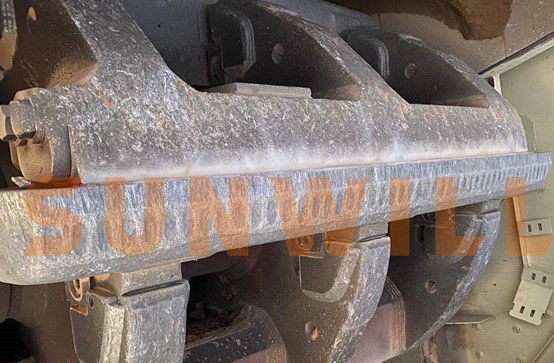
Chrome white iron
Chrome white iron has higher content of carbon and chromium than manganese steel and martensitic steel, which gives chrome white iron blow bars outstanding wear performance but very low impact resistance. Chrome white with about 20% content of chromium is normally named medium chrome and around 25% is named high chrome. Blow bars made of chrome white iron are the first option for impactors crush very abrasive rocks on secondary or tertiary crushers. The size of rocks feed into the impactor must be strictly controlled, usually less than dia. 300mm, and any unbreakable objects or iron tramp is NOT allowed in feeding. A typical application of chrome white iron blow bars is used to crush natural stones or granites in aggregates or sand-making plants.
Chrome white iron with ceramic inserted
To further obtain longer wear life of chrome white iron blow bars, ceramic grits are also inserted at the wear areas. The wear life of chrome blow bars could be 100% increased but cost is also about 50% increased. Furthermore, Sunwill has special grade chrome ceramic blow bars in C650 grade, which is able to achieve up to 170% increase on wear life in very abrasive secondary or tertiary crushing applications.
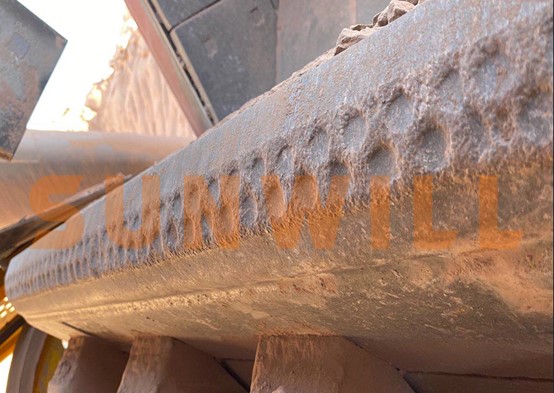
All blow bars are originally made in foundries. A good foundry will not only provide the good and reliable quality of blow bars, but also be able to provide versatile and innovative solutions for specific applications at metallurgical basis.
Sunwill Machinery is a foundry with over 15 years’ experience in the manufacturing and service of blow bars. Sunwill Machinery is able to provide all above materials suits different applications, also the metallurgists and engineers know how to make the blow bars right for customer’s specific applications.
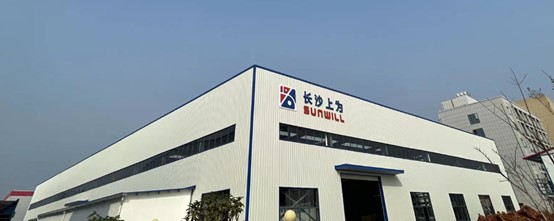
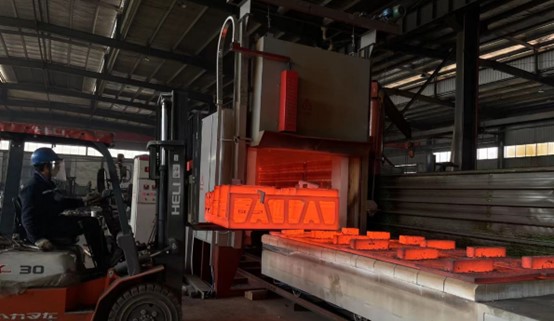
Please visit Sunwill Machinery at www.sunwillmachinery.com or drop an email at info@sunwillmachinery.com when you have any questions about the blow bars for impactors or need a site specific solution. We are happy to assist at any time.
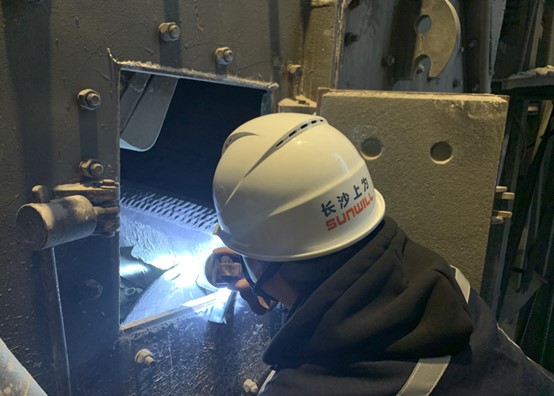
Other topics about Sunwill Blow Bar
Part 1:Blow bars selection guidance and Impactor brands list
Part 2:How to make a good blow bar
Part 3:Optimal wear solutions for impact crushers












